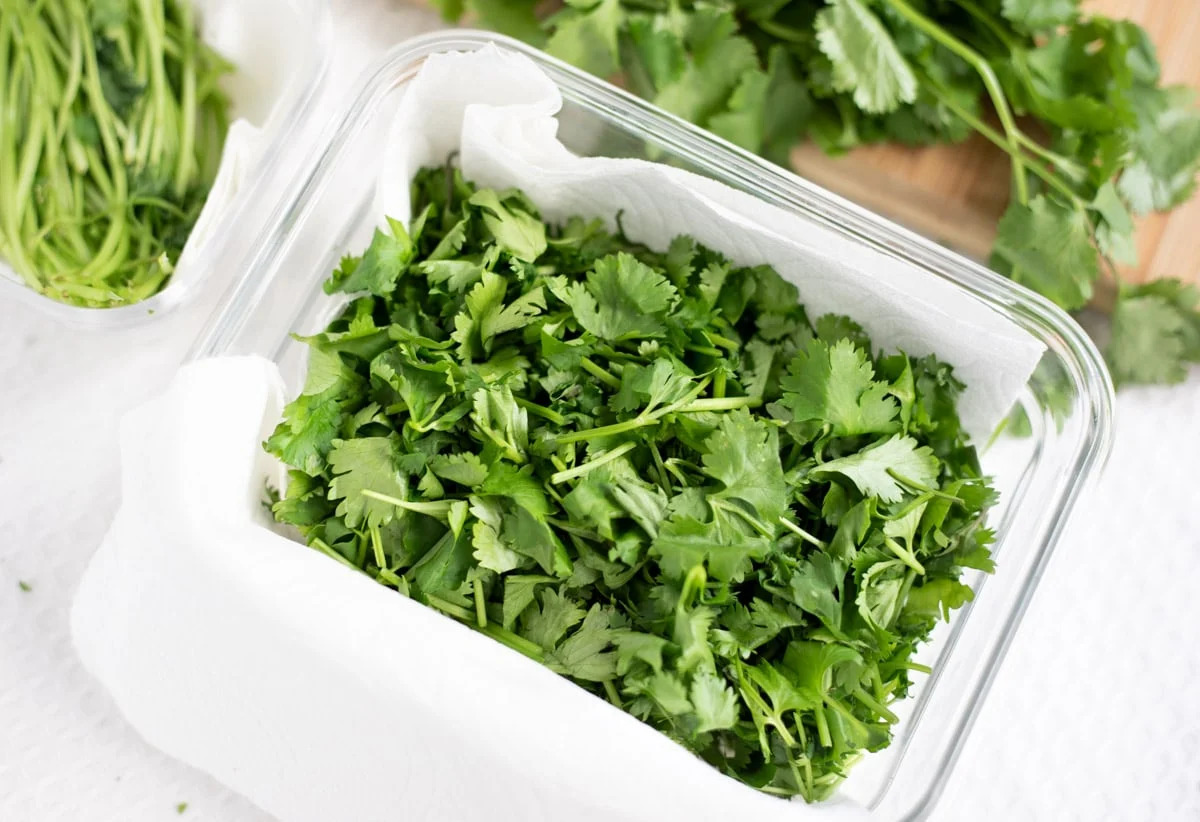

Articles
How To Store Coriander
Modified: January 8, 2024
Looking for tips on how to store coriander? Check out our informative articles on proper coriander storage methods to keep it fresh and flavorful for longer.
(Many of the links in this article redirect to a specific reviewed product. Your purchase of these products through affiliate links helps to generate commission for Storables.com, at no extra cost. Learn more)
Introduction
Coriander, also known as cilantro or Chinese parsley, is a flavorful herb commonly used in various cuisines around the world. Whether you’re sprinkling it on top of a spicy curry, mixing it into a fresh salad, or using it as a garnish for your favorite dishes, coriander adds a delightful kick of flavor and a touch of freshness.
However, one of the biggest challenges with coriander is its shelf life. Like many fresh herbs, coriander can wilt, lose its vibrant color, and become less flavorful if not stored properly. Whether you have a bountiful harvest from your garden or have picked up a bunch from the grocery store, knowing how to store coriander correctly is crucial to preserve its freshness and maximize its usability.
In this article, we will explore the importance of proper coriander storage, the factors that affect its shelf life, and provide you with practical tips on how to harvest coriander leaves, prepare them for storage, and various methods to store coriander to extend its freshness.
By implementing the techniques shared in this article, you can enjoy the vibrant taste and aroma of coriander for longer periods, saving you money and reducing food waste. So let’s dive in and discover the art of storing coriander!
Key Takeaways:
- Preserve coriander’s freshness and flavor by storing it properly in the refrigerator, freezing it, or drying it. Enjoy the vibrant taste and aroma in your dishes for longer periods.
- Harvest, clean, and store coriander seeds effectively to maintain their aromatic flavor. Experiment with different storage methods to enhance your culinary creations.
Read more: How To Store Coriander Leaves
Importance of Proper Coriander Storage
Proper coriander storage is essential to maintain its quality, flavor, and nutritional value. Here are some key reasons why it is important to store coriander correctly:
1. Retaining Freshness: Coriander leaves are delicate and prone to wilting quickly. By storing them properly, you can extend their freshness and keep them crisp and vibrant for longer. This ensures that you have access to fresh coriander whenever you need it, enhancing the taste and appearance of your dishes.
2. Preserving Flavor: Coriander is known for its distinct, citrusy flavor that can elevate the taste of any dish. However, improper storage can lead to the loss of flavor, resulting in dull-tasting coriander. By storing it correctly, you can preserve the natural flavor, ensuring that your dishes are packed with the deliciousness that coriander brings.
3. Reduction of Food Waste: Without proper storage, coriander can spoil quickly and become unusable. This not only leads to disappointment but also contributes to food waste. By practicing proper coriander storage techniques, you can reduce food waste and make the most of your coriander supply, saving both money and the environment.
4. Convenience and Accessibility: Storing coriander properly allows you to have it readily available whenever you need it. This makes meal preparation more convenient and enjoyable, as you won’t have to rush to the grocery store every time you want to use coriander. With a well-stocked supply of coriander, you can be more creative and experimental in your cooking endeavors.
5. Nutritional Benefits: Coriander is not only delicious but also packed with essential nutrients such as vitamins A, C, and K, and minerals like potassium and calcium. Proper storage helps to retain these nutrients, ensuring that you can enjoy the full nutritional benefits of coriander in your meals.
To fully reap these benefits, it is crucial to understand the factors that can affect the shelf life of coriander and implement the appropriate storage methods. In the next section, we will explore these factors in detail, giving you a comprehensive understanding of how to maximize the lifespan of your coriander.
Factors Affecting Coriander Shelf Life
Coriander is a delicate herb that can be affected by various factors, which can shorten or prolong its shelf life. Understanding these factors is key to implementing the right storage methods. Here are the main factors that can affect the shelf life of coriander:
1. Moisture: Excess moisture is one of the biggest enemies of coriander. Too much moisture can cause the leaves to become wilted, slimy, and prone to mold and spoilage. It is crucial to store coriander in a dry environment to prevent the buildup of moisture.
2. Temperature: Coriander is sensitive to temperature changes. Extreme heat or cold can cause the leaves to wilt or lose their vibrant green color. Storing coriander at the proper temperature is vital to extend its shelf life. Ideally, coriander should be stored in a cool environment with temperatures around 35-40°F (2-4°C).
3. Air Circulation: Like other fresh herbs, coriander needs proper air circulation to stay fresh. Lack of airflow can lead to moisture build-up and hasten the spoilage process. It is important to store coriander in a well-ventilated space, allowing air to circulate around the leaves.
4. Ethylene Exposure: Ethylene is a natural gas produced by some fruits and vegetables as they ripen. Exposure to ethylene can cause coriander to deteriorate more quickly. To prolong its shelf life, it is advisable to store coriander away from ethylene-producing fruits like bananas, apples, and tomatoes.
5. Contamination: Proper hygiene is crucial when handling and storing coriander. Contamination from dirt, bacteria, or other contaminants can accelerate spoilage and affect the quality of the herb. Make sure to wash coriander thoroughly before storage and handle it with clean hands or utensils.
By taking these factors into consideration, you can implement the right storage methods to prolong the shelf life of coriander. In the next section, we will discuss tips and techniques for harvesting coriander leaves and preparing them for storage to ensure maximum freshness and flavor.
Tips for Harvesting Coriander Leaves
Harvesting coriander leaves can be a rewarding experience, as it allows you to enjoy the fresh flavor and aroma of this delightful herb. Here are some tips to ensure a successful and bountiful coriander harvest:
1. Timing: Coriander leaves are best harvested when they are young and tender. Aim to harvest the leaves when they are about 4-6 inches in length. This is usually around 45-70 days after planting, depending on the variety and growing conditions.
2. Selective Harvesting: Instead of plucking all the leaves at once, opt for selective harvesting. Start by harvesting the outer leaves first, leaving the inner leaves to continue growing. This method allows the plant to continue producing leaves for a more extended period.
3. Pinch or Cut: When harvesting coriander leaves, you have the option to either pinch or cut the stems. Pinching involves gently squeezing the stem between your fingers and snapping it off just above the soil line. Cutting, on the other hand, involves using sharp scissors or pruning shears to trim the stems. Both methods are effective, so use the technique that is most comfortable for you.
4. Avoid Overharvesting: While it’s tempting to harvest as much coriander as possible, it’s essential not to overharvest. Removing more than one-third of the plant’s foliage at a time can hinder its growth and vitality. Be mindful of the plant’s health and only harvest what you need, allowing it to replenish and continue growing.
5. Regular Harvesting: Regular harvesting promotes healthier growth and encourages the plant to produce more leaves. Aim to harvest coriander leaves once or twice a week, depending on the growth rate of your plant. This practice will help maintain the plant’s shape and prevent it from becoming too leggy.
6. Harvest in the Morning: For the best flavor and freshness, harvest coriander leaves in the morning when the essential oils are at their peak. The leaves will have a robust aroma and taste, enhancing the overall quality of your dishes.
Following these tips will ensure a plentiful coriander harvest with an abundance of flavorful and vibrant leaves. Once you have harvested your coriander, it’s time to prepare them for storage. In the next section, we will discuss how to properly prepare coriander leaves for storage to maintain their freshness and flavor.
Preparing Coriander for Storage
Properly preparing coriander leaves for storage is essential to maintain their freshness and flavor for an extended period. Follow these steps to ensure that your coriander stays fresh and flavorful:
1. Clean the Leaves: Start by washing the coriander leaves thoroughly under cool running water. Gently rub the leaves to remove any dirt, debris, or pests that might be present. Be thorough but gentle to avoid damaging the delicate leaves.
2. Dry the Leaves: After washing, shake off excess water or pat the leaves dry with a clean kitchen towel or paper towel. It is important to remove as much moisture as possible before storage to prevent wilting and spoilage.
3. Trim the Stems: Trim the stems of the coriander leaves, removing any damaged or wilted parts. This helps to prolong the freshness of the leaves and ensures that only the healthy parts are stored.
4. Divide into Bunches: Bundle the coriander leaves into small, manageable bunches. This makes it easier to handle and reduces condensation, which can lead to spoilage. Tie the bunches loosely with a rubber band or kitchen twine, leaving some space for air circulation.
5. Place in a Container: Once the coriander bunches are prepared, place them in a container such as a jar or a tall glass. Make sure the container is clean, dry, and has a lid or cover to protect the coriander from moisture and contaminants.
6. Store in the Refrigerator: The refrigerator is the best place to store coriander leaves. Put the container of coriander in the refrigerator’s vegetable crisper drawer, which offers a cool and slightly humid environment. This helps to maintain the freshness and vitality of the leaves.
Remember to use the coriander leaves within a week for the best flavor and quality. As the leaves age, they may start to lose their flavor and become less aromatic.
By following these steps to prepare coriander for storage, you can enjoy the freshness and flavor of coriander in your culinary creations for a longer period. In the next sections, we will discuss different storage methods for coriander, including refrigeration, freezing, and using dried coriander.
Store coriander by placing the stems in a glass of water, covering the leaves with a plastic bag, and refrigerating. Change the water every few days to keep it fresh.
Read more: How To Store Coriander Seeds
Storing Coriander in the Refrigerator
Refrigeration is one of the most effective methods for storing coriander to maintain its freshness and extend its shelf life. Here’s how to store coriander in the refrigerator:
1. Wrap in Paper Towels: Take a paper towel and dampen it slightly with water. Gently wrap the coriander bunches in the damp paper towel. This helps to absorb excess moisture and keeps the leaves hydrated without becoming soggy.
2. Place in a Plastic Bag: Once the coriander bunches are wrapped in paper towels, transfer them into a plastic bag. Seal the bag loosely, leaving some space for air circulation. You can also use a breathable produce bag or a zipper-lock bag with small perforations to allow airflow.
3. Store in the Crisper Drawer: Place the bag of coriander in the refrigerator’s crisper drawer. The crisper drawer offers a slightly humid environment, which is ideal for storing fresh herbs. Avoid storing coriander near strong-smelling foods, as they can transfer odors and affect the flavor of the herb.
4. Check and Refresh: Periodically check on the coriander in the refrigerator. If the paper towel becomes too damp, replace it with a fresh one to prevent moisture buildup. This helps to ensure that the coriander stays fresh and crisp for a longer period.
By following these steps, you can store coriander in the refrigerator for up to one to two weeks. However, it’s best to use the coriander as soon as possible to enjoy its optimal freshness and flavor.
Remember to remove any wilted or discolored leaves before using the coriander in your recipes. The remaining leaves should still be fresh and flavorful, ready to enhance your culinary creations.
In the next section, we will discuss another storage method for coriander – freezing – which can be a great option for long-term storage and to preserve the flavor of coriander leaves.
Freezing Coriander
Freezing coriander is an excellent method for long-term storage, as it helps to preserve the flavor and aroma of the herb. Here’s how you can freeze coriander to keep it fresh:
1. Blanching: Start by blanching the coriander leaves. Bring a pot of water to a boil and prepare a bowl with ice water. Submerge the coriander leaves in the boiling water for about 10-15 seconds, then quickly transfer them to the ice water bath. Blanching helps to preserve the color and texture of the leaves.
2. Drain and Dry: After blanching, remove the coriander leaves from the ice water bath and gently pat them dry with a paper towel. Ensure that excess moisture is removed to prevent ice crystals from forming during freezing.
3. Portion and Pack: Divide the coriander leaves into small portions that you would typically use in your recipes. Place each portion into individual freezer-safe bags or airtight containers. Squeeze out as much air as possible before sealing the bags or containers to minimize freezer burn.
4. Label and Date: Don’t forget to label each bag or container with the date. This will help you keep track of how long the coriander has been in the freezer and ensure you use the oldest portions first.
5. Freeze: Place the labeled coriander portions in the freezer, laying them flat to maximize space. Avoid stacking them on top of each other until they are frozen solid to prevent them from sticking together.
6. Freezing Coriander Seeds: If you have coriander seeds that you want to store, you can freeze them as well. Simply transfer the seeds to airtight freezer bags and place them in the freezer. Freezing coriander seeds helps to maintain their freshness and prevents them from losing their flavor.
Frozen coriander can be stored for up to six months. When you’re ready to use the coriander, simply remove the desired portion from the freezer and add it directly to your recipes. There’s no need to thaw the frozen leaves beforehand.
Frozen coriander works great in cooked dishes such as curries, soups, and stews, where the leaves will wilt during the cooking process. However, the texture of frozen coriander may change after freezing, so it is not typically suitable for use as a garnish or in uncooked dishes.
In the next section, we will discuss using dried coriander as another alternative for storage and adding flavor to your recipes.
Using Dried Coriander
Drying coriander is another method to preserve the herb for extended periods and have it readily available for cooking. Here’s how you can dry coriander and use it in your recipes:
1. Harvest and Clean: Begin by harvesting coriander leaves when they are at their freshest. Wash the leaves thoroughly under cool running water to remove any dirt or debris.
2. Air Dry: To dry coriander, gather the leaves into small bunches and tie them together at the stem. Hang the bunches upside down in a well-ventilated area, away from direct sunlight. The leaves will naturally dry over time as moisture evaporates, leaving you with dried coriander.
3. Dehydrator: If you have a food dehydrator, you can use it to speed up the drying process. Place the coriander leaves on the dehydrator trays and follow the manufacturer’s instructions for drying herbs. Dehydrators provide a controlled environment for quicker drying.
4. Storage: Once the coriander leaves are completely dry and brittle, remove them from the drying area or dehydrator. Crumble the leaves into smaller pieces and store them in an airtight container. Make sure the container is clean, dry, and stored in a cool, dark place to maintain the quality of the dried coriander.
5. Using Dried Coriander: Dried coriander leaves can be used as a substitute for fresh coriander in recipes. However, keep in mind that the flavor may not be as vibrant as fresh coriander, so you may need to use slightly larger quantities. Add dried coriander during the cooking process to allow it to rehydrate and infuse into the dish.
6. Grinding Coriander Seeds: If you have coriander seeds that you want to use in your recipes, you can grind them into a powder. Use a spice grinder or mortar and pestle to crush the coriander seeds into a fine powder. Ground coriander can add a delightful flavor to various dishes, including curries, marinades, and spice blends.
Using dried coriander is a great option when fresh coriander is not available or as a convenient way to add coriander flavor to your culinary creations. However, it’s important to note that the flavor of dried coriander may differ slightly from fresh coriander, so it’s worth experimenting to find the right amount that suits your taste preferences.
In the next section, we will conclude our discussion on coriander storage and provide a summary of the key points we’ve covered throughout this article.
Storing Coriander Seeds
Coriander seeds are a versatile spice that adds a warm, citrusy flavor to various dishes. Proper storage of coriander seeds is essential to maintain their aroma and freshness. Follow these guidelines to store coriander seeds effectively:
1. Harvest and Dry: Harvest coriander seeds when the plant has matured and the seeds have turned brown. Cut the seed heads from the plant and place them in a paper bag or a breathable container. Hang the container in a warm, dry location to allow the seeds to dry naturally. Keep in mind that the drying process may take a few weeks.
2. Extract and Clean: Once the seed heads are completely dry, gently rub them to extract the coriander seeds. Remove any remaining husks or debris from the seeds.
3. Airtight Containers: Transfer the cleaned coriander seeds into airtight containers such as glass jars or plastic containers with tightly sealed lids. Make sure the containers are clean, dry, and free from any moisture to prevent the seeds from losing their flavor.
4. Cool and Dark Storage: Store the coriander seed containers in a cool, dark place, away from direct sunlight, heat, and moisture. A pantry or kitchen cabinet works well for this purpose. Avoid storing coriander seeds near the stove or any other heat sources.
5. Label and Date: Don’t forget to label each container with the date of storage. This will help you keep track of the freshness and quality of the seeds.
6. Whole vs. Ground Seeds: It is recommended to store coriander seeds in their whole form for longer shelf life. Whole coriander seeds can retain their flavor for up to one to two years when stored properly. If you prefer using ground coriander, it’s best to grind the seeds as needed to preserve the aroma and potency.
When using coriander seeds in your recipes, it’s advisable to toast them lightly before grinding or incorporating them directly into dishes. Toasting enhances the flavor and releases the aromatic oils within the seeds.
By following these steps, you can store coriander seeds effectively and enjoy the fresh, aromatic flavor in your culinary experiments. Remember to use the seeds within their shelf life for the best taste and aroma.
In the final section, we will summarize the key points covered in this article on coriander storage and conclude our discussion.
Read more: How To Use Coriander Seeds
Conclusion
Proper storage of coriander is crucial to maintain its freshness, flavor, and usability. Whether you are storing coriander leaves or seeds, following the right techniques can help extend their shelf life and ensure optimal taste in your culinary creations.
We started by highlighting the importance of proper coriander storage, emphasizing how it helps retain freshness, preserve flavor, reduce food waste, and ensure convenient accessibility to this delightful herb. We then discussed the factors that can affect coriander’s shelf life, such as moisture, temperature, air circulation, ethylene exposure, and contamination.
Next, we delved into tips for harvesting coriander leaves, including timing, selective harvesting, and regular maintenance, to encourage continued growth. We also explored how to prepare coriander leaves for storage by cleaning them, trimming the stems, and dividing them into manageable bunches.
We discussed the effectiveness of storing coriander in the refrigerator, including the proper wrapping of leaves in paper towels, placing them in plastic bags, and storing them in the crisper drawer. Freezing coriander was another method we explored, involving blanching, portioning, and packaging the leaves. We also touched on the option of using dried coriander, its preparation through air drying or using a dehydrator, and incorporating it into dishes.
Finally, we covered the storage of coriander seeds, including the steps of drying, cleaning, and storing them in airtight containers. We suggested storing them in a cool, dark place, away from moisture and heat sources.
By understanding and implementing these storage techniques, you can enjoy the vibrant taste, aroma, and nutritional benefits of coriander in your culinary endeavors. Whether you are adding coriander to curries, salads, or spice blends, proper storage ensures that you have access to a fresh and flavorful supply of this versatile herb.
Remember to experiment with different storage methods based on your preferences and needs. Whether you prefer the convenience of frozen coriander, the intensity of dried coriander, or the use of freshly harvested leaves, finding the right storage method for you will enhance your cooking experiences.
So, let’s embrace the art of coriander storage to make the most of this delightful herb in our kitchens. Happy cooking, and enjoy the flavors of coriander in your meals!
Frequently Asked Questions about How To Store Coriander
Was this page helpful?
At Storables.com, we guarantee accurate and reliable information. Our content, validated by Expert Board Contributors, is crafted following stringent Editorial Policies. We're committed to providing you with well-researched, expert-backed insights for all your informational needs.
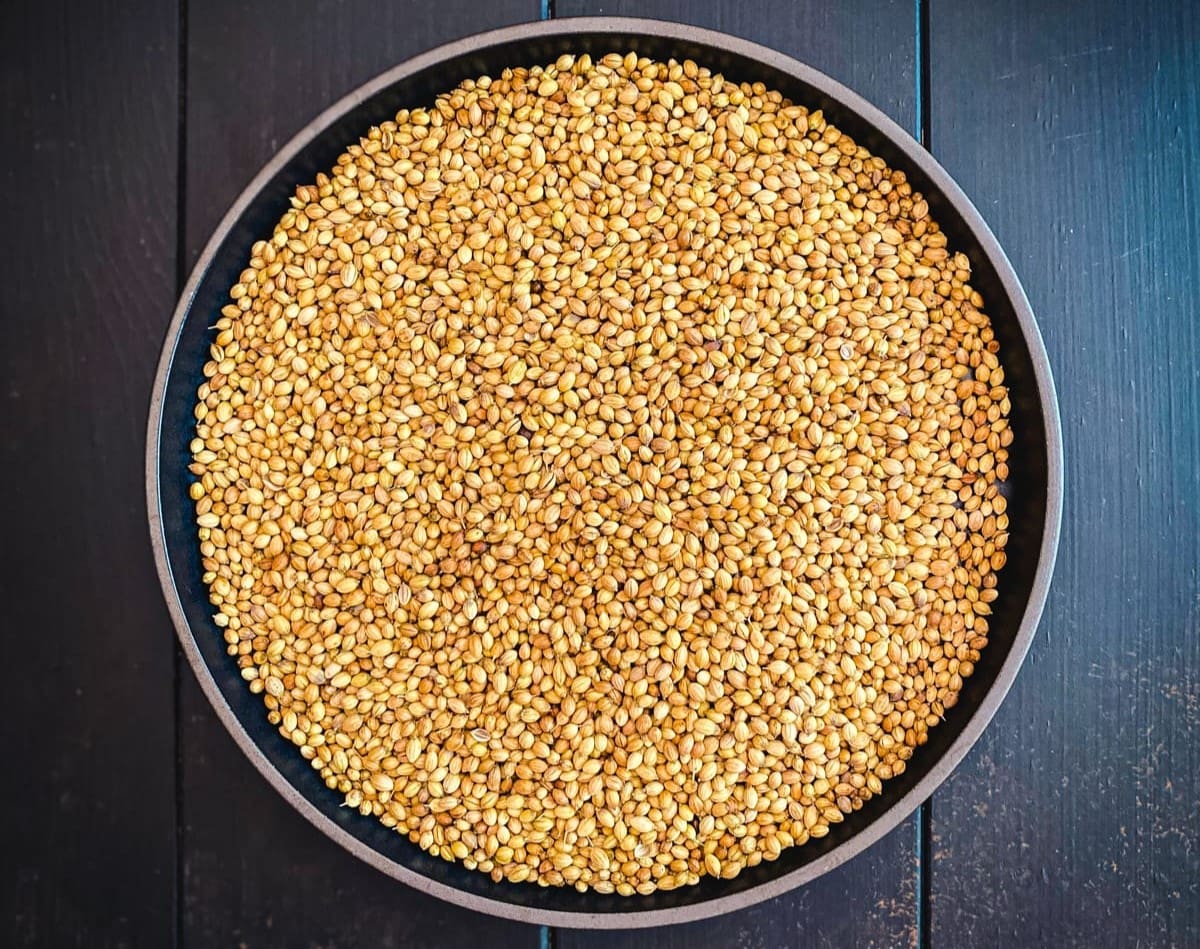
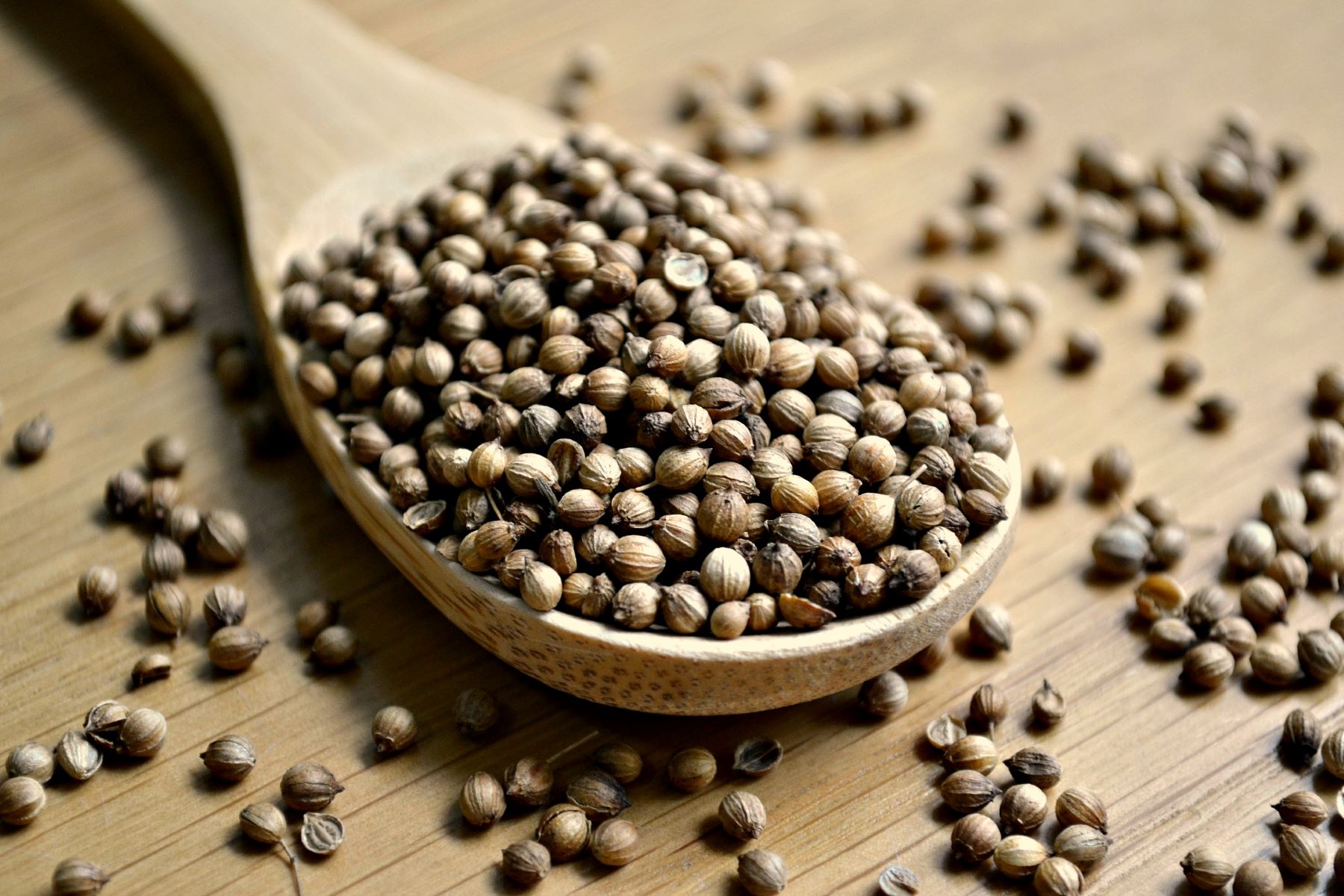
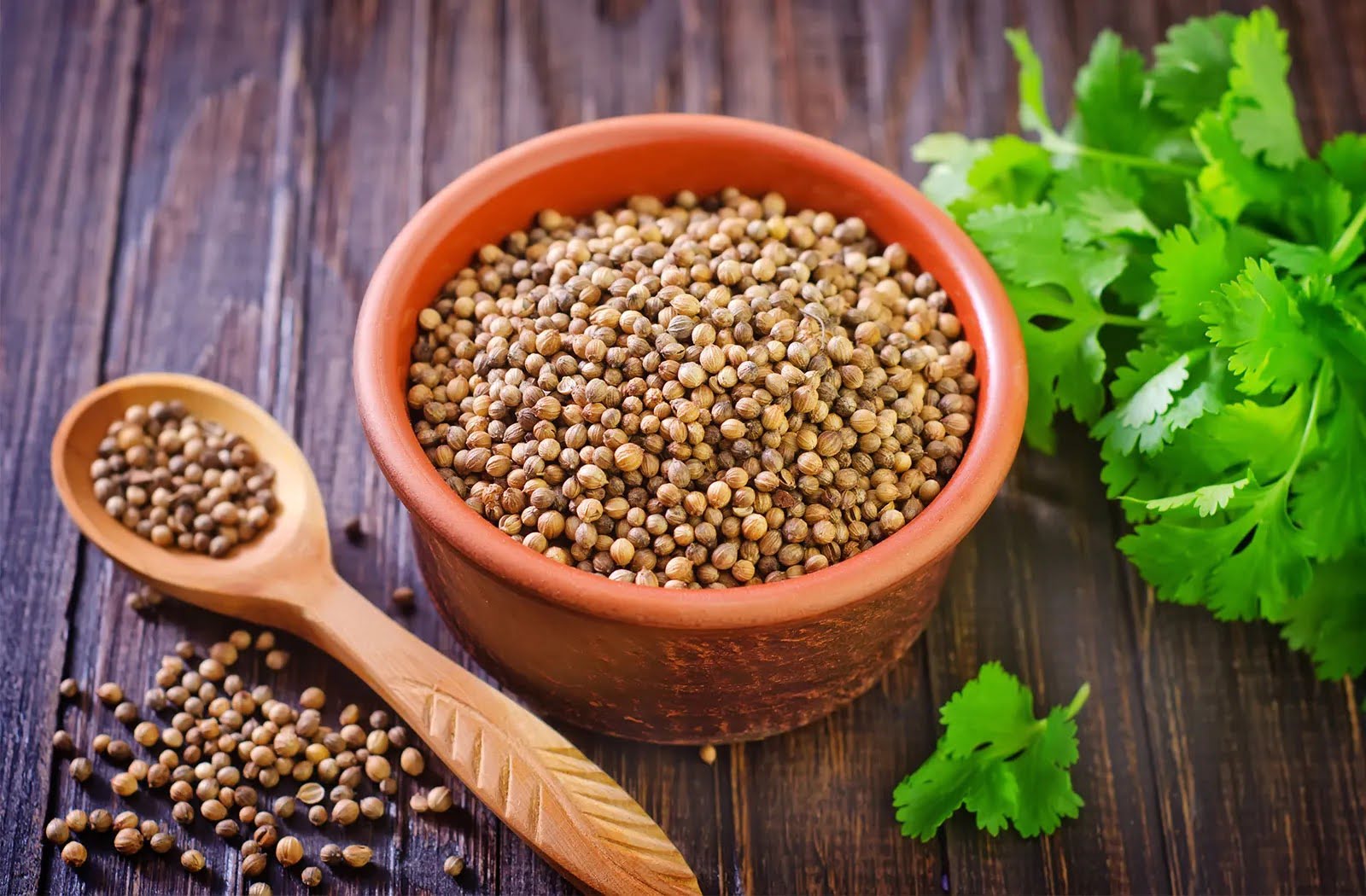
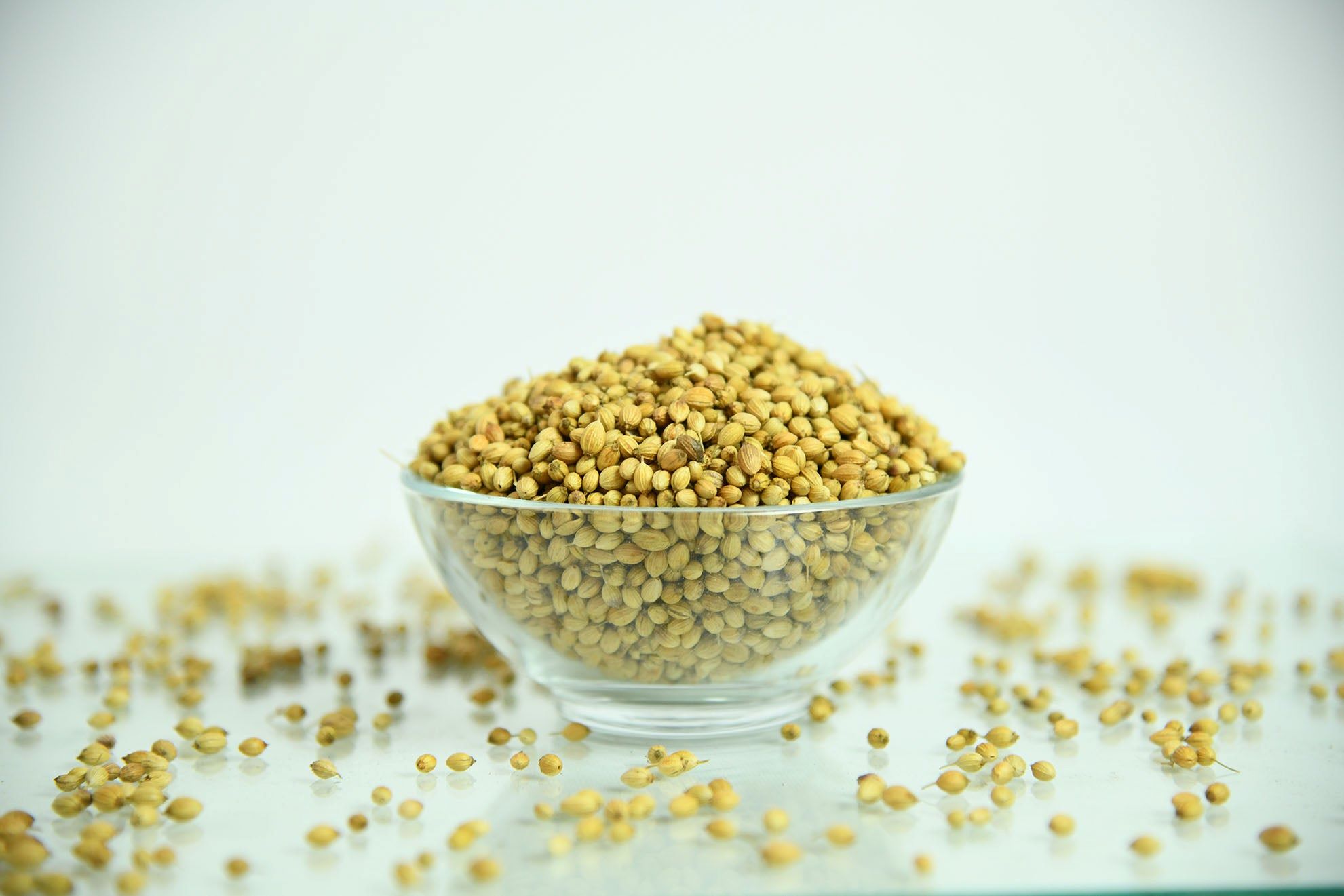
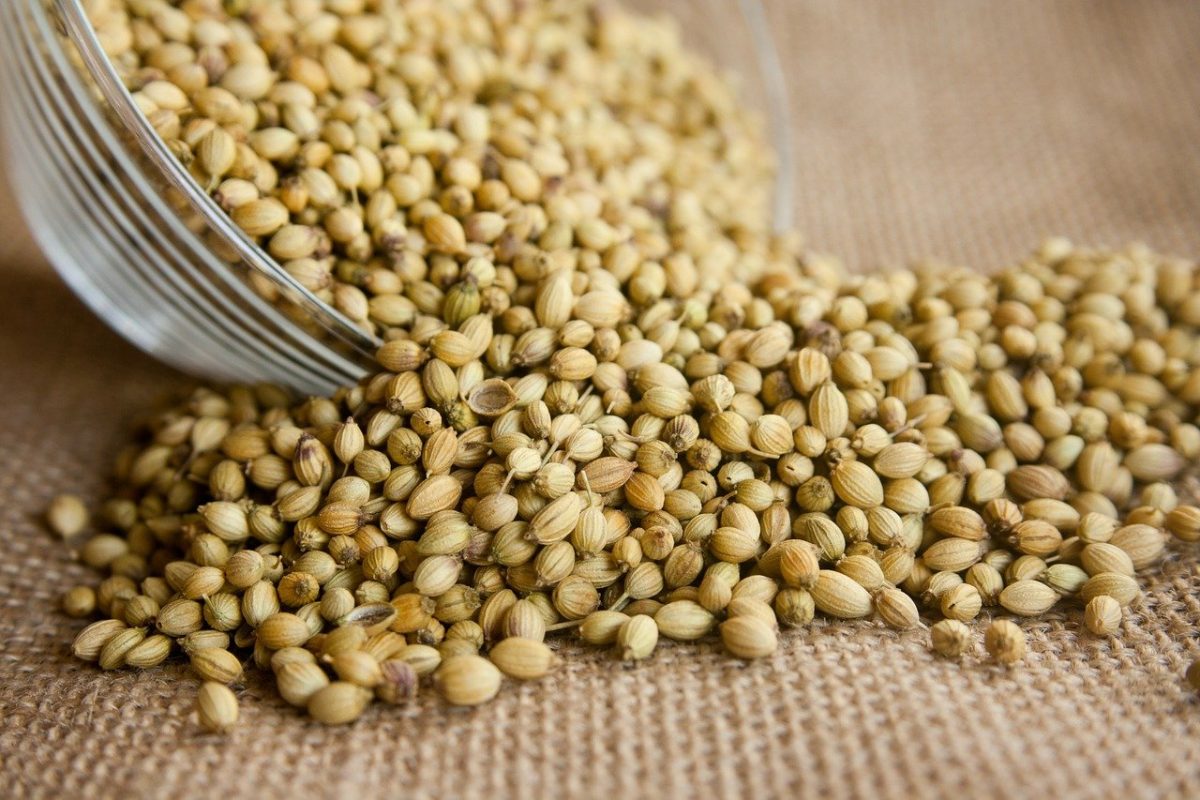
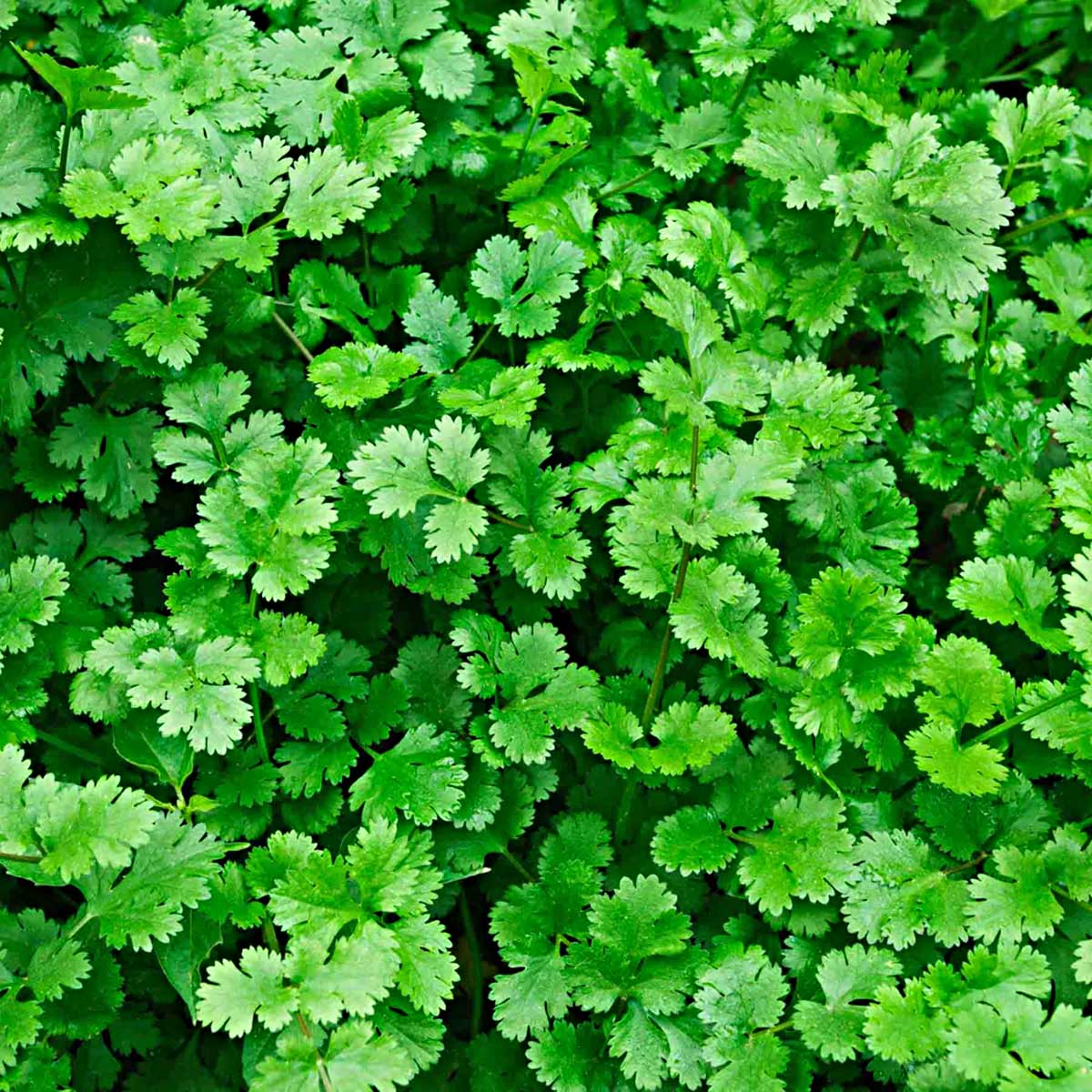
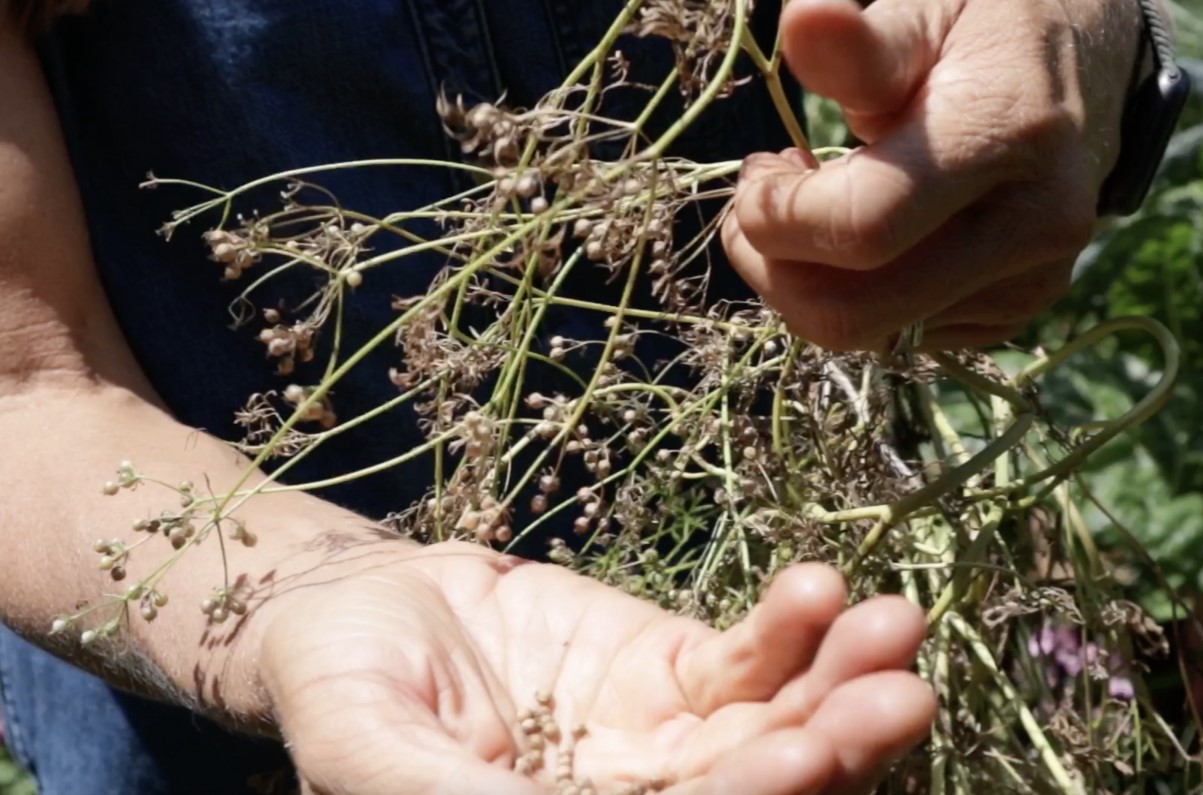



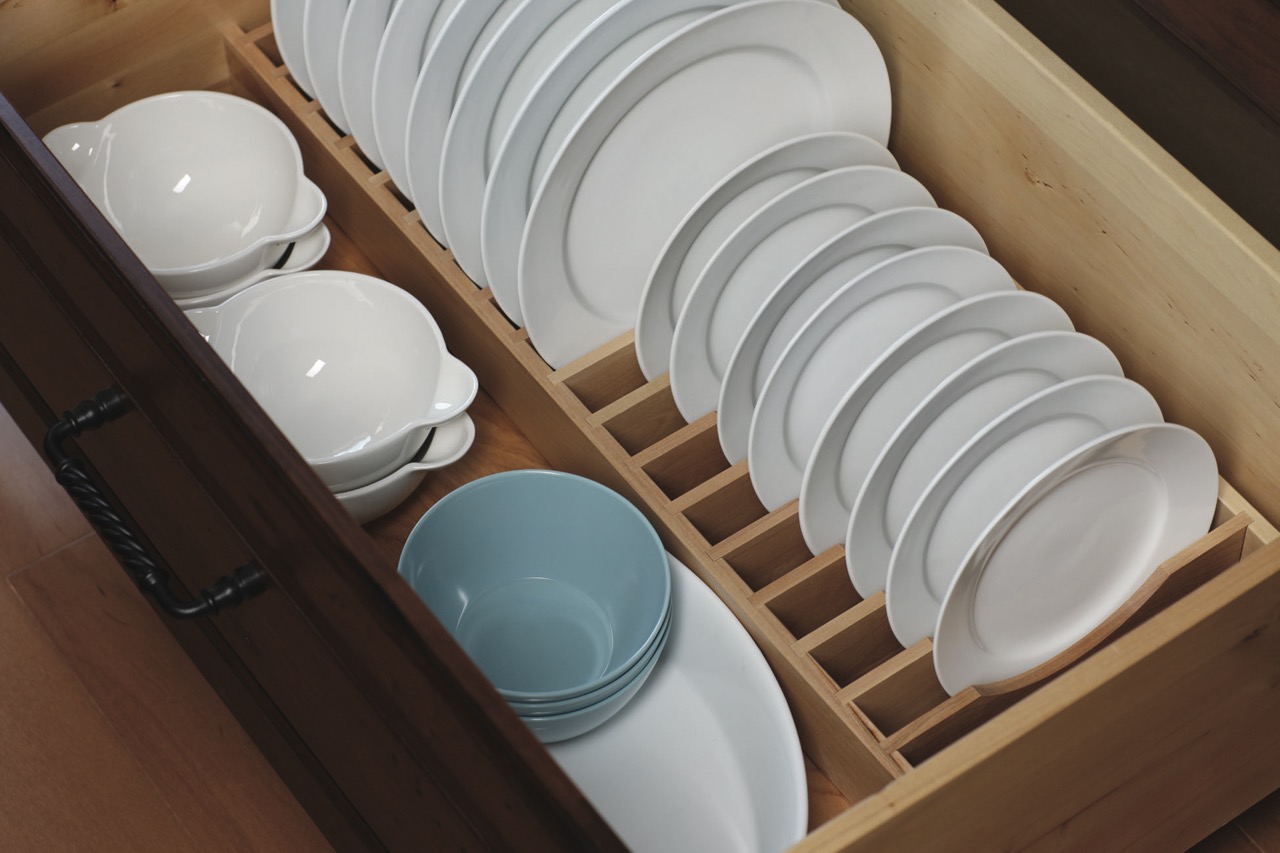
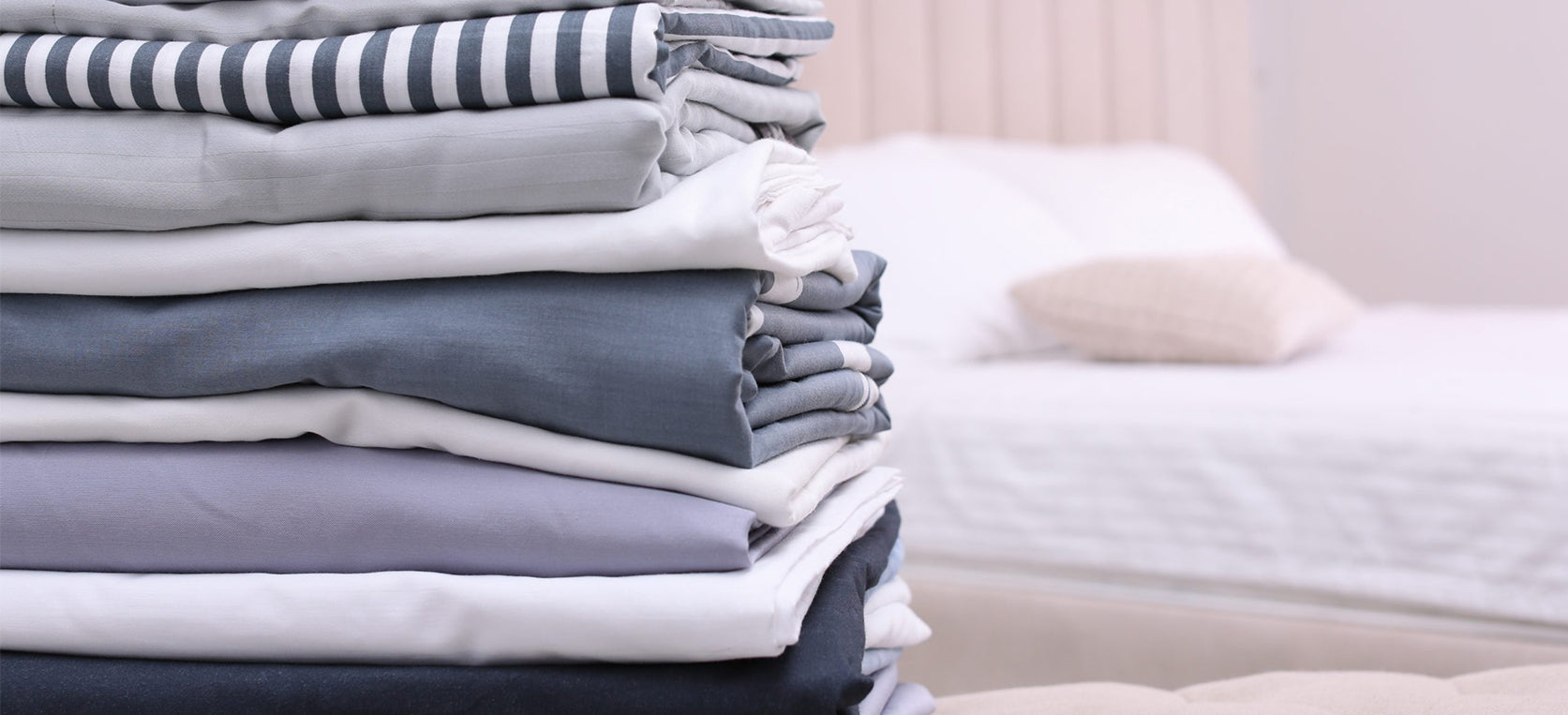
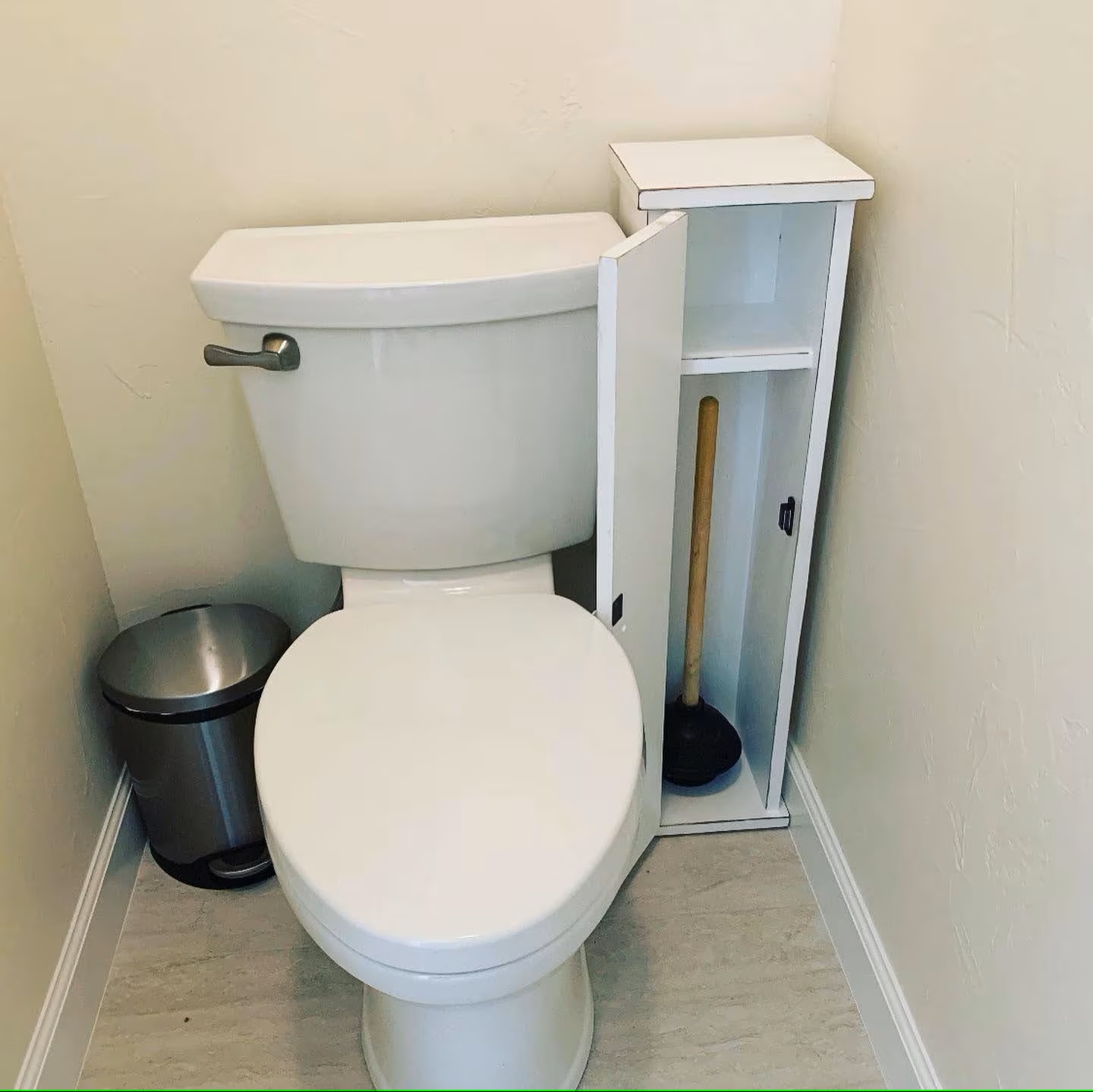

0 thoughts on “How To Store Coriander”